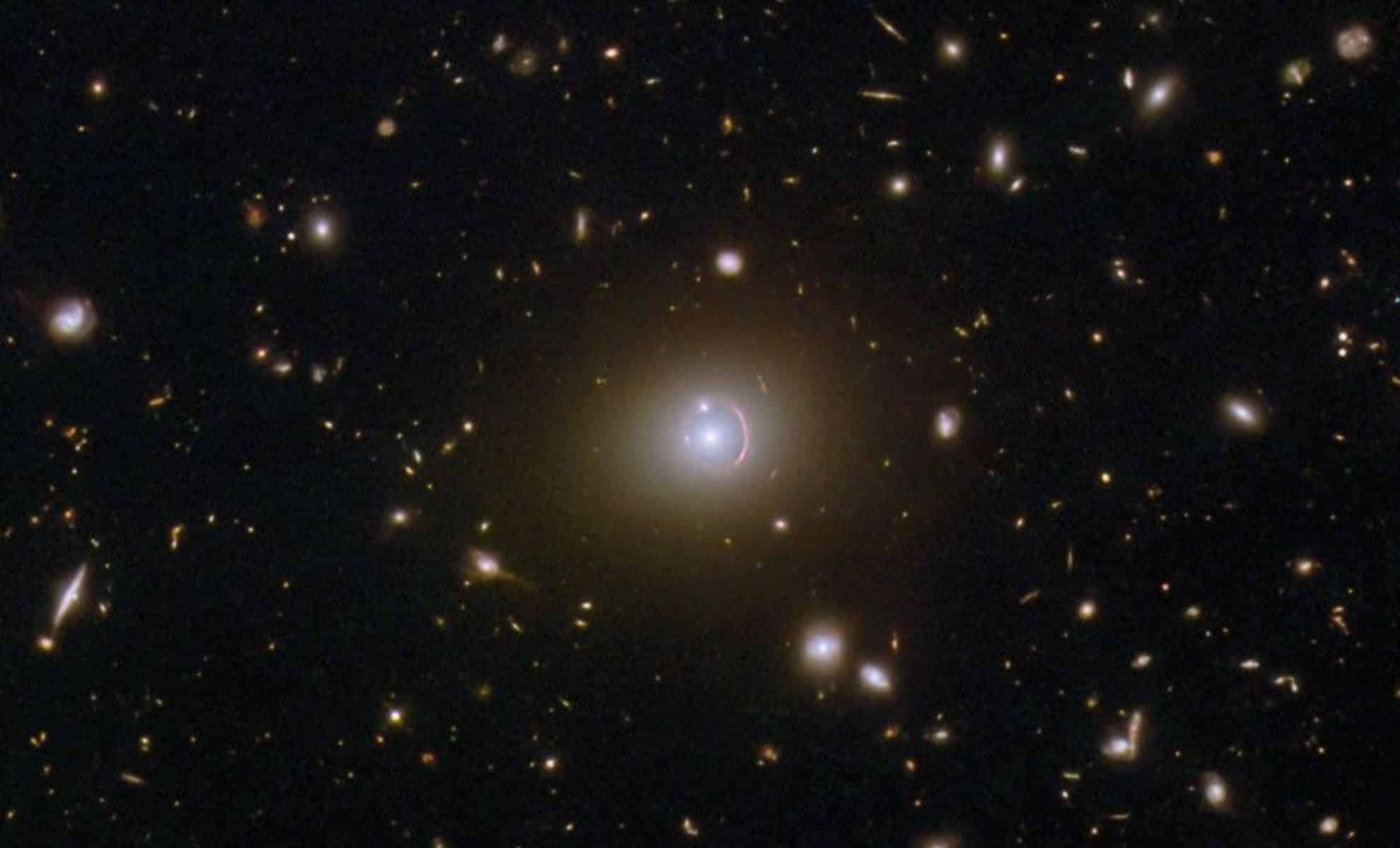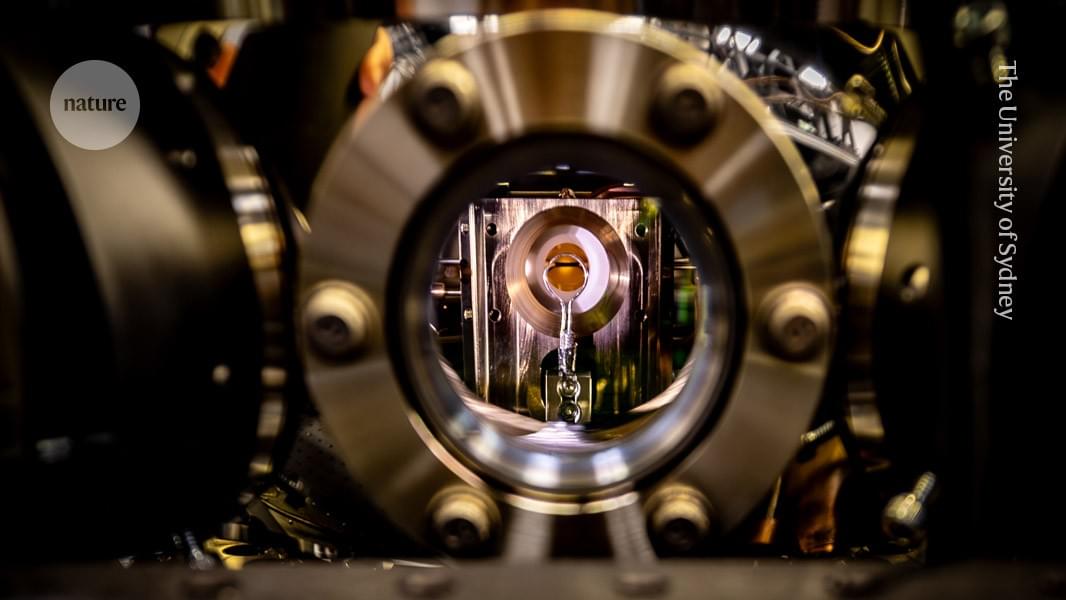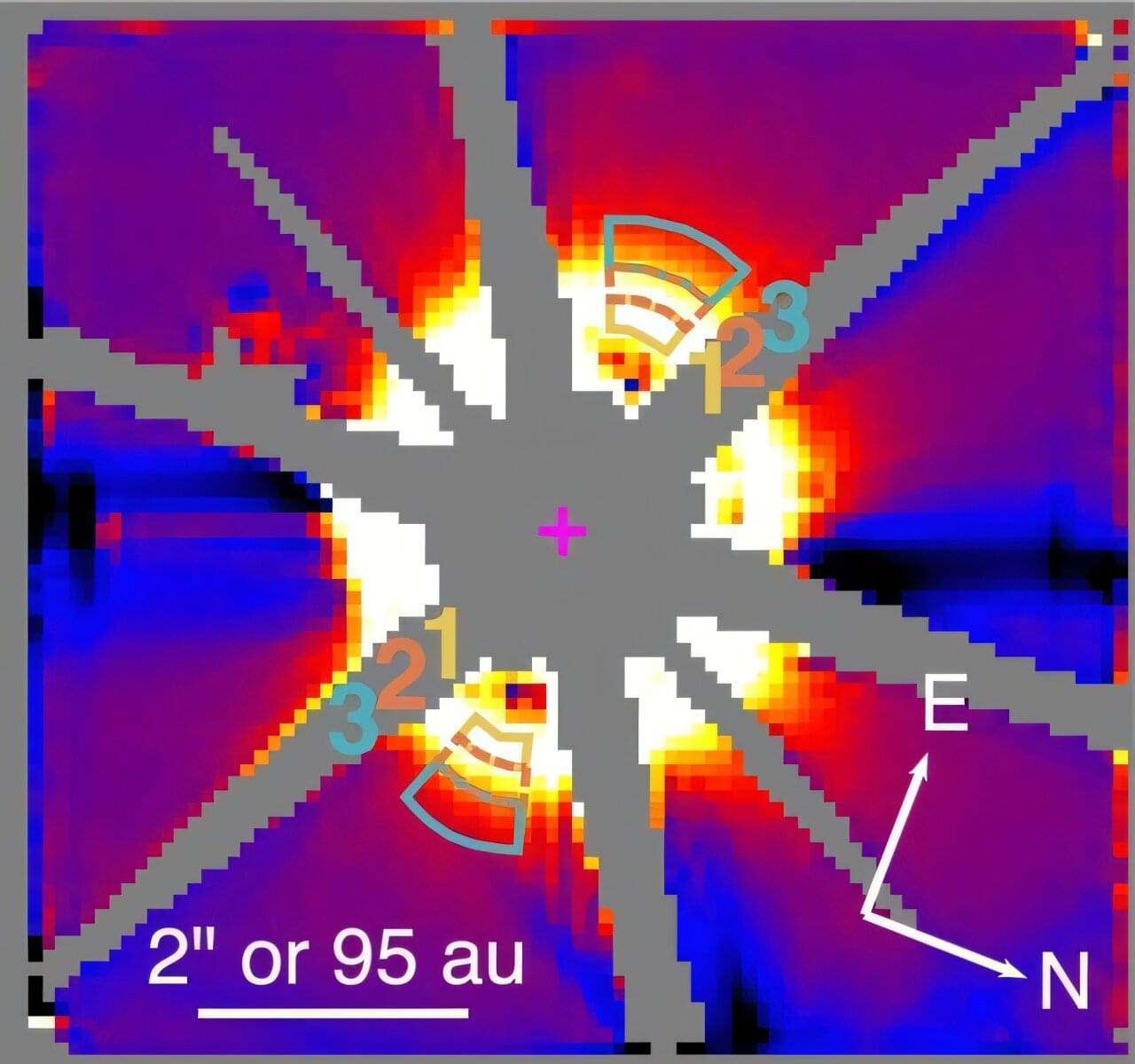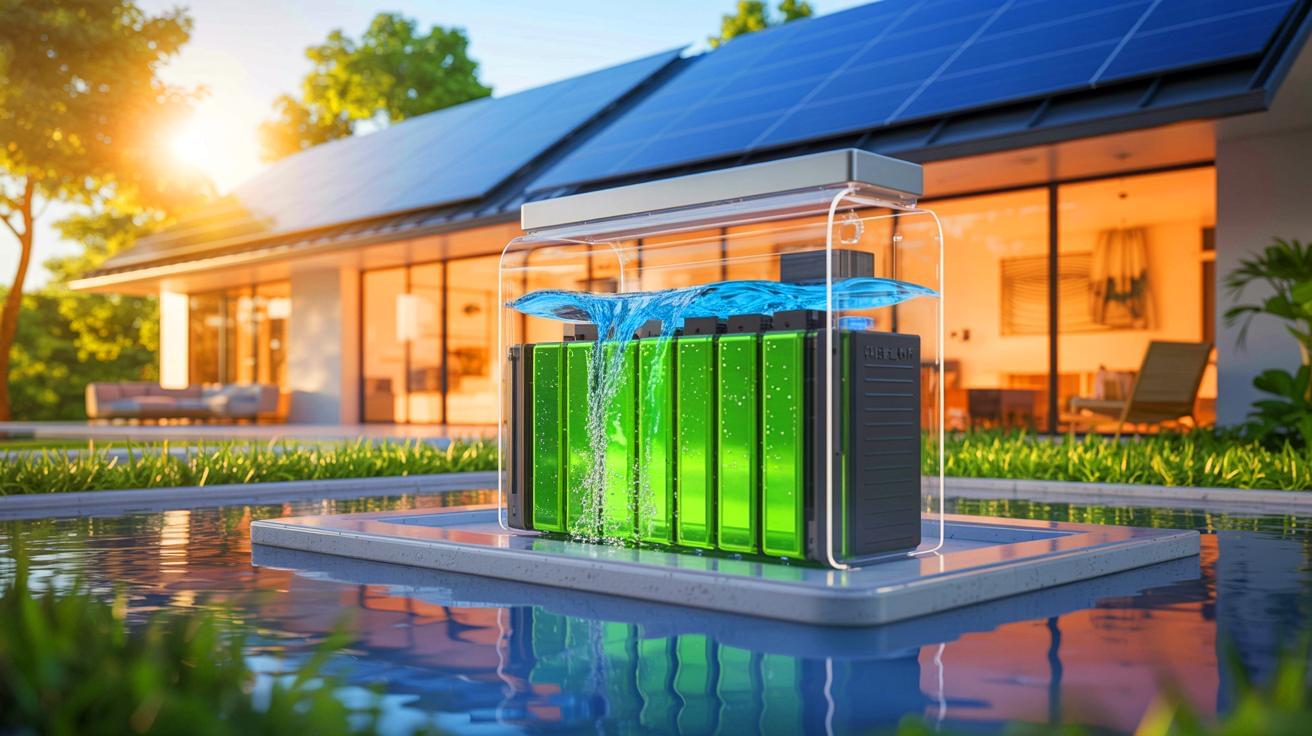Nvidia is in advanced talks to invest in PsiQuantum, a quantum computing startup, according to a person involved in the discussions. The investment would be the latest signal that Nvidia has shifted its stance on quantum computing after CEO Jensen Huang earlier this year seemed to cast doubt on…
A ghost galaxy from the dawn of time has reappeared, captured in a stunning cosmic ring shaped by gravity itself.
Interestingly, however, despite Komatsu’s early lead, Vermeer and Interlune seem to have caught up and could be ahead. For example, the new prototype is bigger and full-scale, showing great promise through testing.
The Vermeer-Interlune excavator has a larger excavation capacity, more funding and government support. To this end, Interlune is targeting a lunar mission by 2030.
“The high-rate excavation needed to harvest helium-3 from the moon in large quantities has never been attempted before, let alone with high efficiency,” said Gary Lai, Interlune co-founder and CTO.
A trapped ytterbium ion can be used to model complex changes in the energy levels of organic molecules interacting with light.
A new proposal makes the case that paraparticles—a new category of quantum particle—could be created in exotic materials.
Angus Fletcher: AI can’t match our storythinking or primal intelligence—and that’s what gives the human mind its enduring power.
Using the James Webb Space Telescope (JWST), astronomers from Johns Hopkins University (JHU) and elsewhere have detected water ice in a debris disk around HD 181327—a young star located within 160 light years away from the Earth. The finding was reported in a paper published May 14 in the journal Nature.
Debris disks are collections of small bodies around stars, including asteroids, Kuiper belt objects, comets, and also micron-sized debris dust. Observations of debris disks could help us better understand the evolution of planetary systems, the composition of dust, comets, and planetesimals outside our solar system.
Given that water plays a key role in the formation of planets and minor bodies, astronomers look for its presence also in debris disks. However, although water ice has been commonly detected in Kuiper belt objects and comets in the solar system, no definitive evidence for water ice in extrasolar debris disks has been found to date.
Leveraging a bacterial species to build strong bricks from fine, lunar soil-like material, scientists explore a sustainable way to construct extraterrestrial infrastructure.
IN A NUTSHELL 🔬 PPPL’s new simulation method revolutionizes fusion research and chip manufacturing by accurately modeling plasma behaviors. 💻 The development addresses significant computational challenges, enhancing stability and efficiency in plasma simulations. ⚡ Improved simulations allow for precise conservation of energy, ensuring results reflect real-world physical processes. 🚀 Future applications include advancements in fusion
IN A NUTSHELL 🔋 Revolutionary water-based flow battery offers safer, more affordable, and efficient energy storage for households. ⚡ Developed by researchers at Monash University, the battery features a new membrane that enhances speed and scalability. 🔍 The design improves ion selectivity, allowing fast and stable operation, outperforming industry-standard membranes. 🌿 Non-toxic and non-flammable, the









